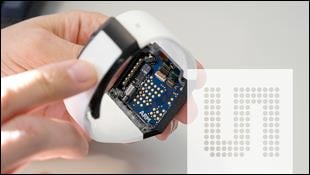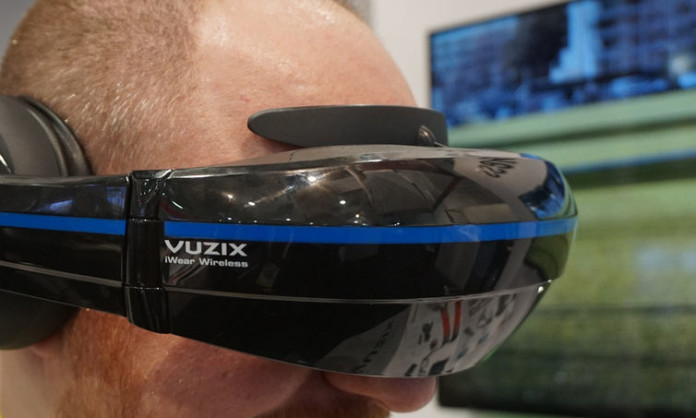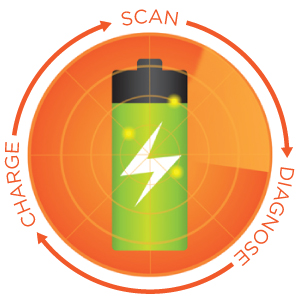Nothing makes an EOEM happier than when one or more of its devices get chosen for a benchmark product. Oh wait, there is one more thing that will make an EOEM happier: when the benchmark product is in fact a benchmark and sells big time. Let’s look at just three recent examples.
The folks at ams and STMicroelectronics put their heads together and came up with a concoction that will enable secure NFC transactions in the latest mbed wearable reference design from ARM.
The NFC solution developed by ST and ams consists of ST’s ST54E system-in-package featuring an NFC controller (NFCC) and a secure element compliant with the GlobalPlatform standard v2.2. This pairs with and an AS39230 NFC analog front end from ams with boostedNFC technology. The combo is said to be well suited to small, battery-powered devices like, as you might’ve guessed, wearable devices and smartphones.

Reportedly, the ams boostedNFC technology overcomes difficulties that conventional NFC devices face when attempting to operate via a tiny antenna in an environment hostile to RF transmissions. The ams/ST combo is said to exceed EMVCo requirements for RF performance in contactless payments, even when operating through an antenna smaller than 100 mm2.
Media mavens, gleeful gamers, and aficionados of virtual reality should get a rush when they take a pair of Vuzix' iWear wireless video headphones for a test spin. The award winning component relies on OmniVision's OVP2200 liquid crystal on silicon (LCOS) display and OVP921 image processor to deliver an immersive audio/visual experience.

Vuzix' iWear wireless video headphones allow users to participate in a wide range of games, applications, and view movies while allowing them to interact with the surrounding physical environments of those applications through augmented reality (AR) and virtual reality (VR) software. On center stage are two of OmniVision's OVP2200 LCOS displays and two OVP921 companion chips, providing both 2D and 3D video in 720p high definition (HD) video at 60 fps. The combination lets the iWear wireless video headphones to provide large virtual screen, the size of which is equivalent to a 125-inch screen in a home theater, viewed at 10 feet away.
Qnovo’s designers should be happy over Sony’s decision to employ its adaptive battery charging technology in Sony Mobile’s latest Xperia smartphones. Battery performance and longevity are critical to smartphone performance, particularly as these mobile devices keep adding functionality. According to Hiroki Totoki, President and CEO at Sony Mobile Communications, “Our investment in Qnovo and their innovative intelligent charging process allows us to deliver an even better consumer mobile experience.”

Qnovo adaptive charging promises to enhance the mobile experience, especially with repeated battery charging. QNS adaptive charging software takes a unique approach to battery charging by measuring battery health in real-time and continuously adjusting battery charging current. This provides mobile device makers the flexibility to improve all aspects of battery performance simultaneously: longer lifespan, more daily use, faster charging, and thinner devices. Qnovo’s technology operates on standard, un-modified lithium ion cells and optimizes battery performance throughout a mobile product’s lifetime.
~MD